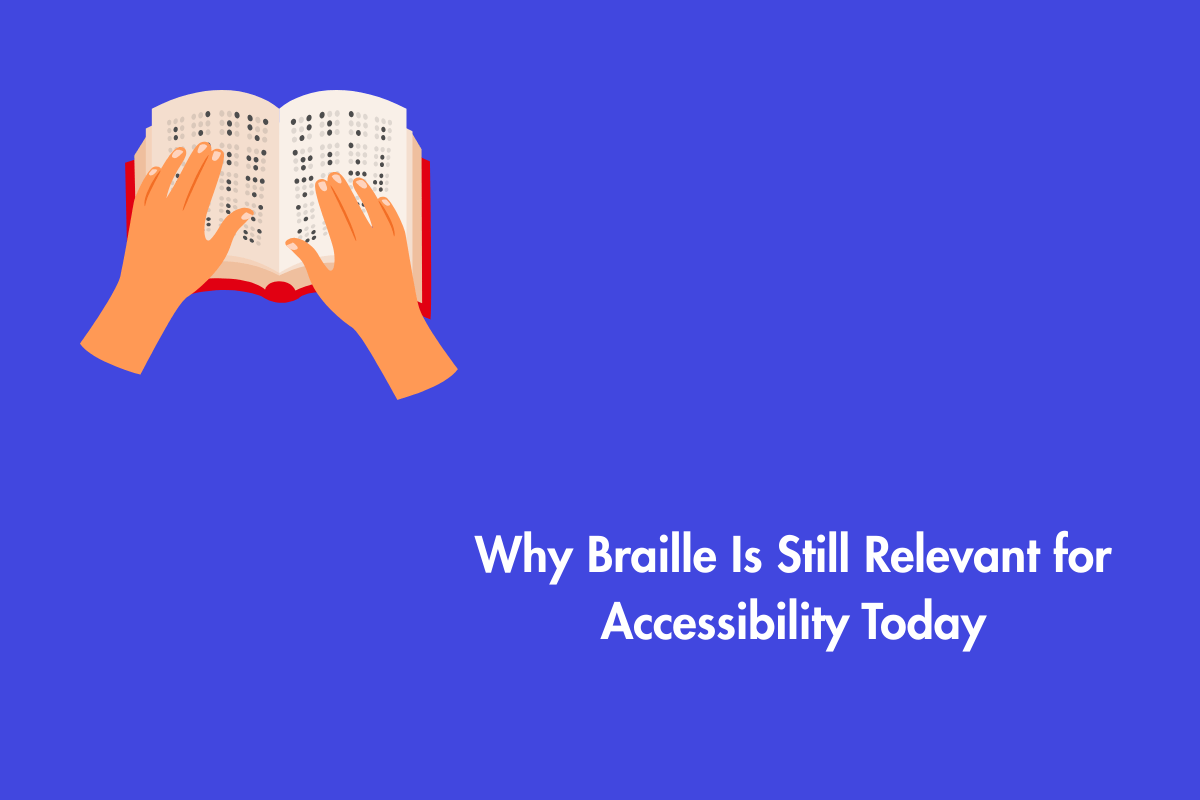Provide a link text that describes the purpose of the link so that people with disabilities can decide whether or not to follow the link.
Table of Contents
Official Requirements
Success Criterion 2.4.4 Link Purpose (In Context) (Level A): The purpose of each link can be determined from the link text alone or from the link text together with its programmatically determined link context, except where the purpose of the link would be ambiguous to users in general.
Why is it required?
People with visual disabilities use Assistive Technologies (AT) such as screen readers to access content on the web pages. The success criteria 2.4.4 helps them to determine the purpose of the link without requiring them to activate the link.
It also helps people with motion impairments and cognitive limitations to skip links that they are not interested in and continue consuming the content.
How do we fix it?
- Provide a clear and precise link text that describes the purpose of the link
- Multiple links that lead to the same destination should have the same link text
Are there any exceptions?
If the purpose of the link text is ambiguous to all users then it is allowed.
For example, the word pizza in this sentence, “ One of the most selling dishes is pizza” is a link. Here the link can guide users to a definition of pizza or a picture of the pizza. However, no user can determine the link’s purpose until it is activated, therefore it is allowed.
Mistakes to avoid
- The link text does not describe the link’s purpose
- Multiple links point to the same destination but have different link texts
- Links lead to different destinations but have the same link text
- The link text depends on the nearby content to its context, however, the content can not be programmatically determined by the AT



